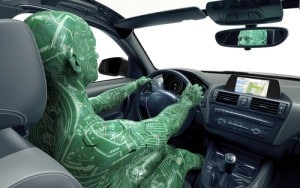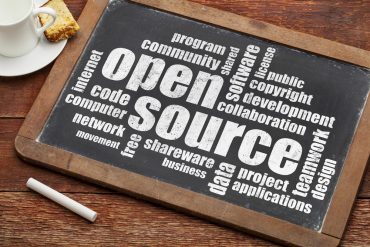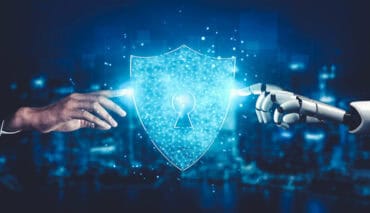
Blockchain’s distributed ledger technology could soon find itself spreading wider in conjunction with self-driving car market growth
There’s been plenty of press about the rise of autonomous vehicles, and plenty about distributed ledger technology (DLT) such as blockchain. Now, one industry observer suggests these two are coming together — driverless cars, for example, will be powered by data managed by DLT.
This means increasing partnerships and innovation activity between automotive manufacturers and technology companies — and even changing the business models of manufacturers. Increasingly, automobiles — and trucks as well — are becoming computers on wheels as well. “The need for automotive manufacturers to capture more data is creating a shift in the traditional mobility business model,” says Justin Zipkin in a recent post. “To capture this data, vehicles are starting to have their own identity and digital wallets.”
See also: Will GDPR spoil the blockchain party?
This creates a dramatic shift in data ownership, he continues. Transactions at gas stations and with insurance companies generate usage data that will be captured and packaged by the auto manufacturers and their partners, he illustrates,
Zipkin explains how the transformation may play out:
Car-wallet and payments: “With an integrated digital wallet or wallet app, cars are enabled to make payments on their own. With DLT, payments concerning every aspect of the car’s mobility can be executed quickly, securely and automatically. DLT can be used to provide the means for autonomous vehicles to perform activities inherent to being autonomous. Such services include driving through tolls, refueling, (wireless) recharging, parking, and ultimately paying for these services through an integrated DLT-enabled digital wallet, with a distributed ledger of profit and loss statements available to all involved parties to assess, in real-time, the profitability of that fleet.”
Fleet management. “Currently, DLT enables secure communication of data between entities. This technology allows for a smarter understanding of an entire fleet, leading to an increase in performance of AI-powered fleet management and energy optimization.
Platooning. “With platooning, several vehicles drive behind each other in close proximity, typically used in trucking and freight transportation. Safety is ensured by the communication of the involved vehicles and the real-time exchange of sensor data.”
Self-owned car: Cars linked via DLT will be able to actually earn and spend money, Zipkin predicts. “Revenues can be achieved with car-sharing, expenses emerge via repairs and charging. The vehicle itself can publish a detailed record of all transactions at the end of the month, with bills being paid instantly with smart contracts.”






























